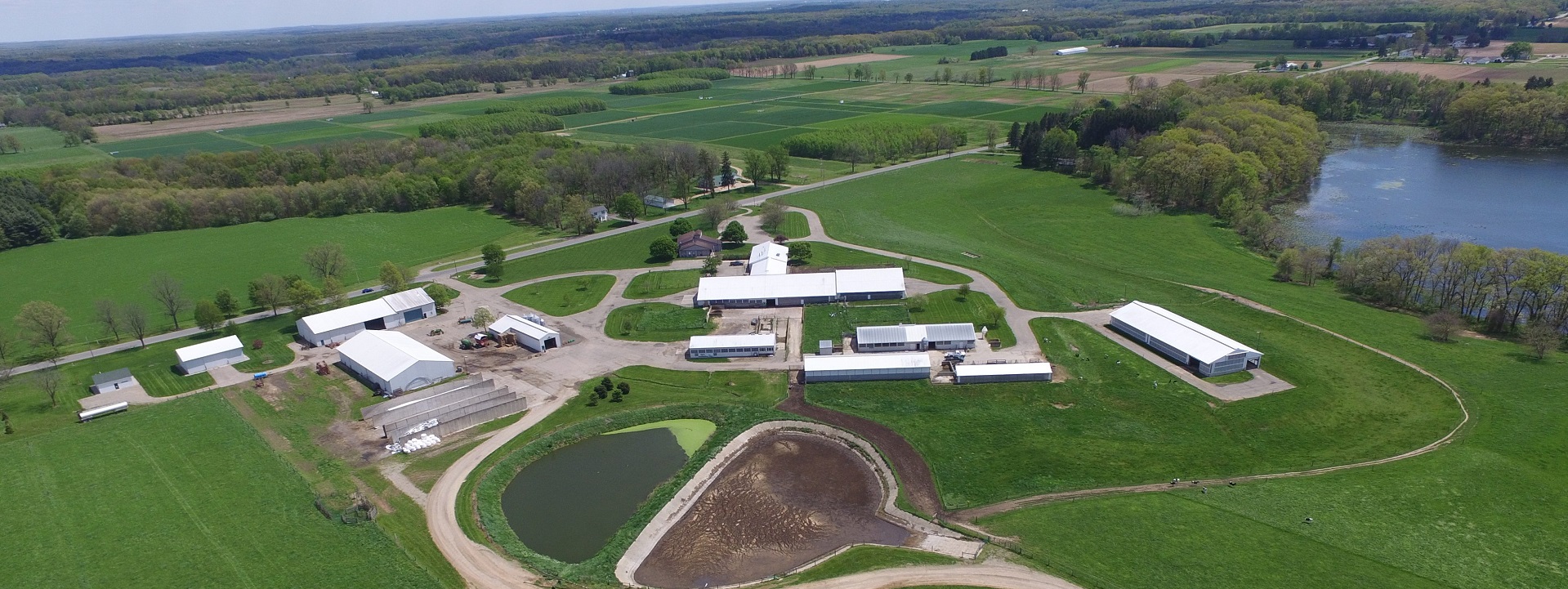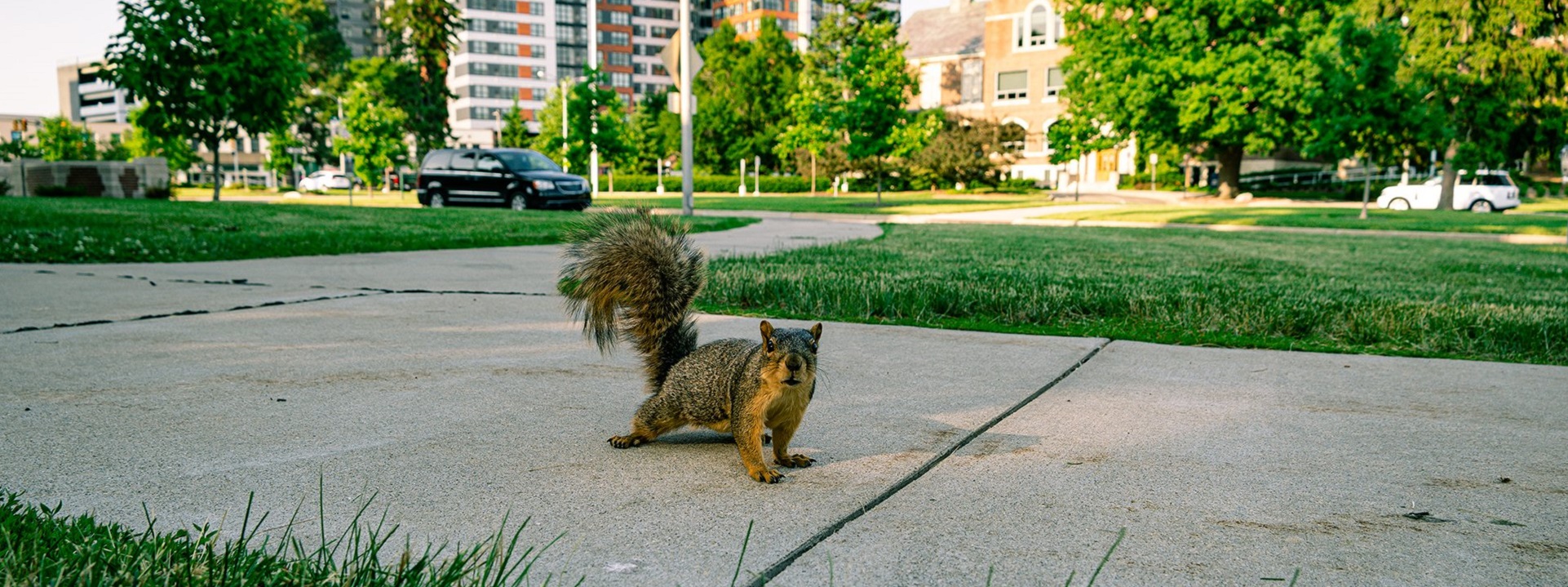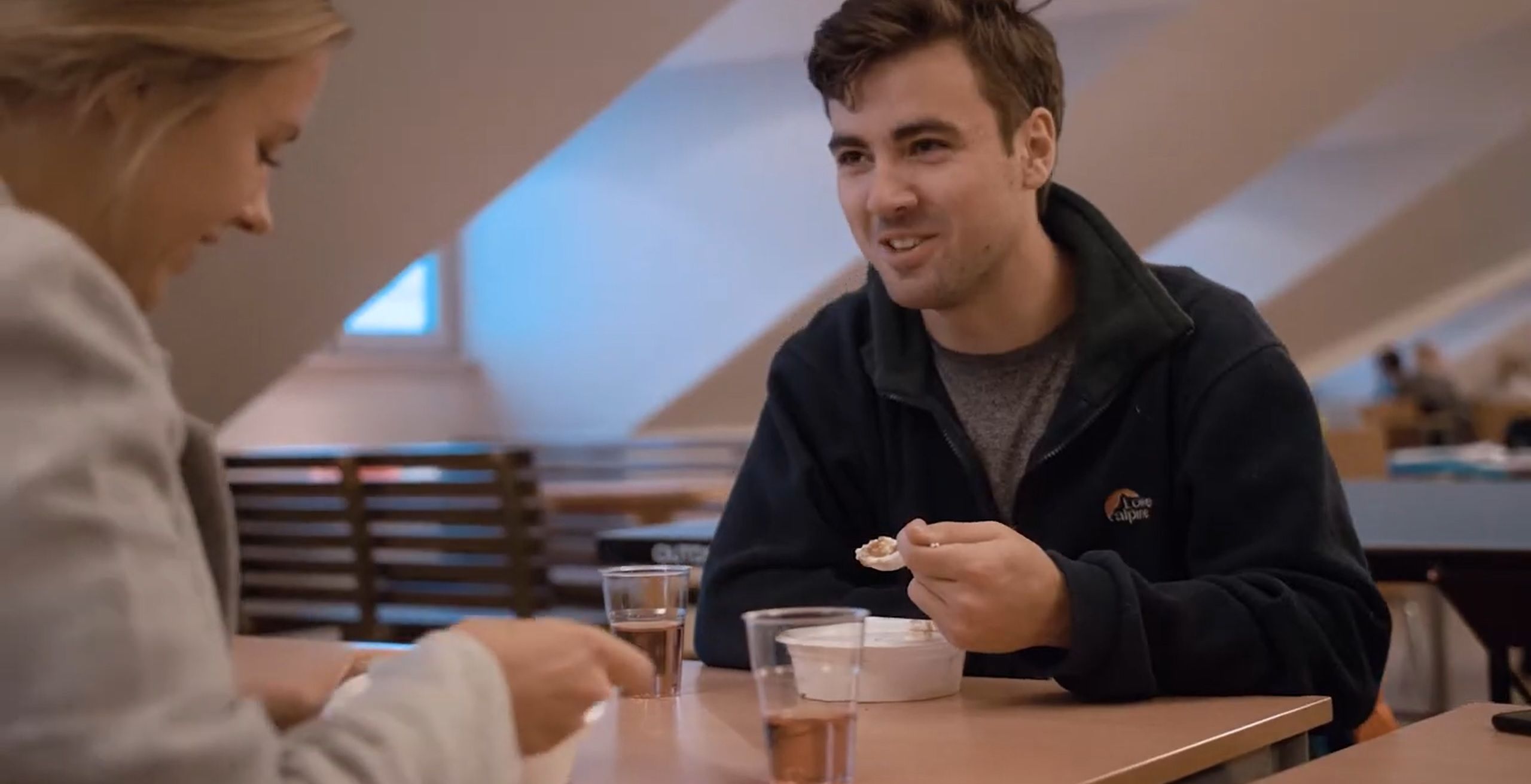“Patience is the companion of wisdom.”
Tag Archives: D195
- Home
- Posts tagged "D195"

Stray Voltage: Sources and Solutions
Stray Voltage: Sources and Solutions
Abstract. Stray voltage is caused by voltage drop and ground faults and may have its origin on the primary electrical distribution system or on the customer’s secondary electrical system. The rms value of the neutral-to-earth voltage along a primary distribution line may be at a value of zero some distance from the substation depending on the condition of the conductor resistances, grounding resistances, and the amount of load. Neutral-to-earth resistance is not the cause of stray voltage; however, the value of this resistance to earth at a particular location will affect the level of stray voltage. A four-wire single-phase feeder system supplying farm buildings from a single metering point is effective in preventing on-farm secondary neutral voltage drop, provided the four-wire system is extended to all farm loads, and provided no high-magnitude ground faults are present. Isolation of the primary and secondary neutral systems at the distribution transformer is effective in preventing off-farm sources from entering the customer’s system. This separation may be accomplished using a number of commercially available devices.
CLICK HERE for access to the entire paper
Starting soon! https://t.co/JL03EIEMqo pic.twitter.com/Ttpp4TA8jr
— Wendy Bohon, PhD 🌏 (@DrWendyRocks) December 28, 2023
La Loi Ne Fait Plus Le Bonheur
AFNOR a organisé une discussion autour du nouveau livre La Loi Ne Fait Plus le Bonheur (The Law No Longer Makes You Happy) de Françoise Bousquet et Stéphane Jock, préfacé par Alain Lambert. L’ouvrage se distingue par son caractère grand public : après une clarification du désordre sémantique autour du mot « norme », Les auteurs y présentent de manière simple, ludique et concrète les bienfaits des normes volontaires pour l’individu, l’entreprise et le pays. Ils proposent une voie nouvelle pour mettre enfin un terme à l’inflation de textes législatifs et réglementaires : développer leur complémentarité avec les normes d’application volontaire co-construites par celles et ceux qui sont concernés.
EN SAVOIR PLUS: Classement du bonheur 2023
Agriculture
One characteristic of the “customer experience” of school children, dormitory residents, patients in university-affiliated hospitals and attendees of large athletic events is the quality of food. School districts and large research universities are responsible for hundreds of food service enterprises for communities that are sensitive to various points along the food supply chain.
The American Society of Agricultural and Biological Engineers (ASABE) is one of the first names in standards setting for the technology and management of the major components of the global food supply chain. It has organized its ANSI-accredited standards setting enterprise into about 200 technical committees developing 260-odd consensus documents*. It throws off a fairly steady stream of public commenting opportunities; many of them relevant to agricultural equipment manufacturers (i.e, the Producer interest where the most money is) but enough of them relevant to consumers (i.e. the User interest where the least money is) and agricultural economics academic programs that we follow the growth of its best practice bibliography.
A few of the ASABE consensus documents that may be of interest to faculty and students in agricultural and environmental science studies are listed below:
- Safety for Farmstead Equipment
- Safety Color Code for Educational and Training Laboratories
- Recommended Methods for Measurement and Testing of LED Products for Plant Growth and Development
- Distributed Ledger Technology applications to the global food supply chain
The ASABE bibliography is dominated by product-related standards; a tendency we see in many business models of standards setting organizations because of the influence of global industrial conglomerates who can bury the cost of their participation into a sold product. Our primary interest lies in the movement of interoperability standards — much more difficult — as discussed in our ABOUT.
The home page for the ASABEs standards setting enterprise is linked below:
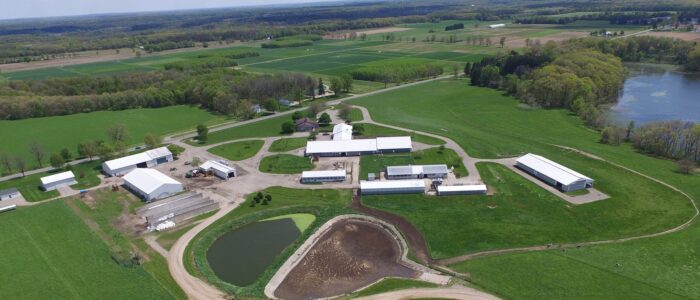



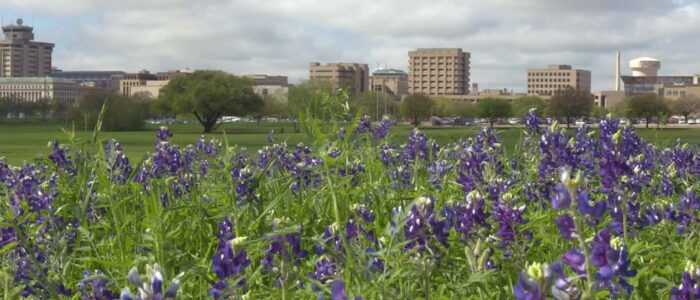
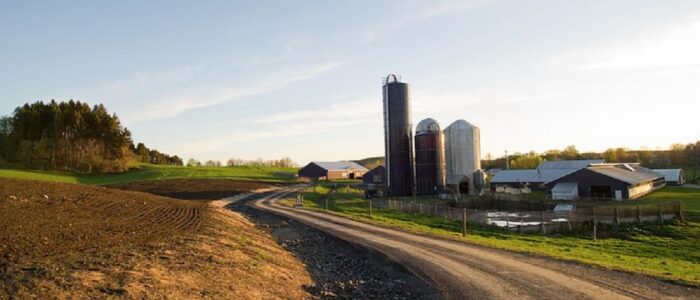
As of this posting we find no live consultation notices for interoperability standards relevant to educational settlements. Sometimes you can find them ‘more or less concurrently’ posted at the linked below:
We always encourage our colleagues to participate directly in the ASABE standards development process. Students are especially welcomed into the ASABE Community. Jean Walsh (walsh@asabe.org) and Scott Cederquist (cedarq@asabe.org) are listed as contacts.
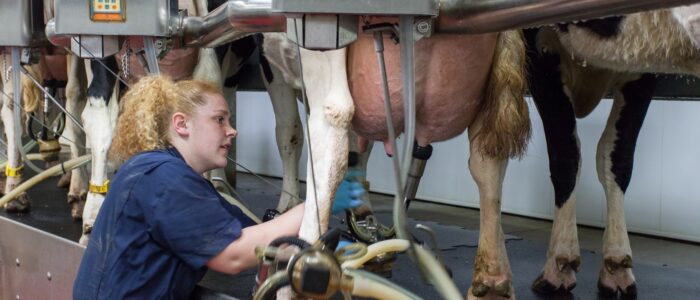
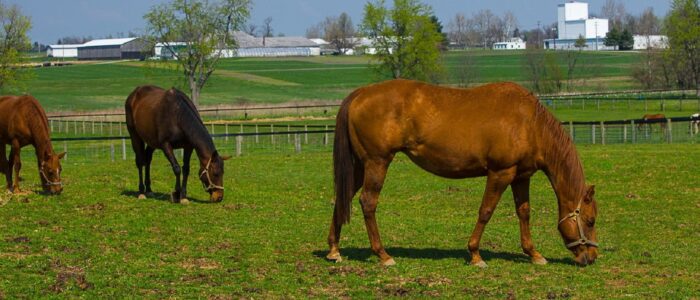
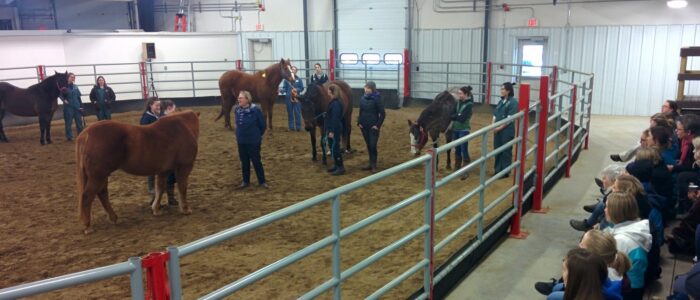
You’ll rarely need a doctor, lawyer, or policeman
But every day, three times a day, you need a farmer pic.twitter.com/X4CTPe11eT
— Conor Lynch (@c_k_lynch) July 25, 2022
Category: Food
Colleagues: Mike Anthony, Jack Janveja, Richard Robben
More
Why Industry Standards Matter https://t.co/Nn7CgfEdAV
— Scott Cedarquist (@CedarquistASABE) March 4, 2019
Lovely 1873 view of New York. Source: https://t.co/rixNirgB8S pic.twitter.com/tQz6SsXUv9
— Simon Kuestenmacher (@simongerman600) January 27, 2025
Farm Electrical Power
Article 547: Agricultural Buildings
Public Input with Responses from CMP-7 (Start at PDF Page 187)
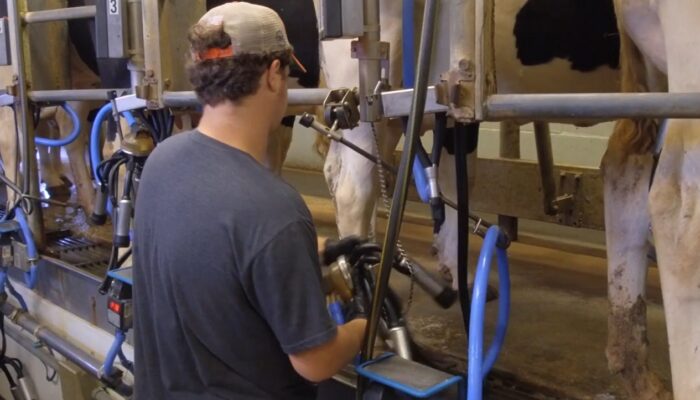
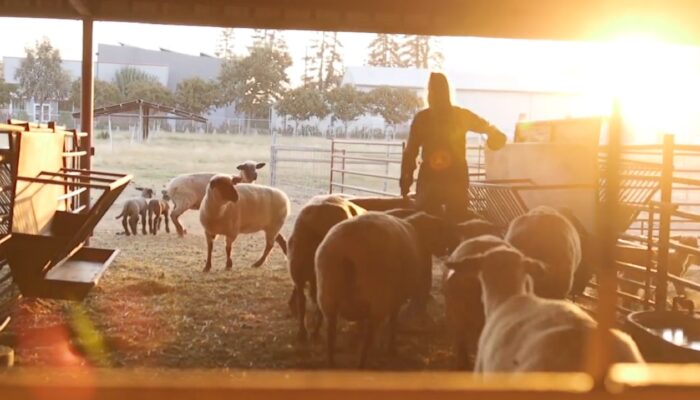
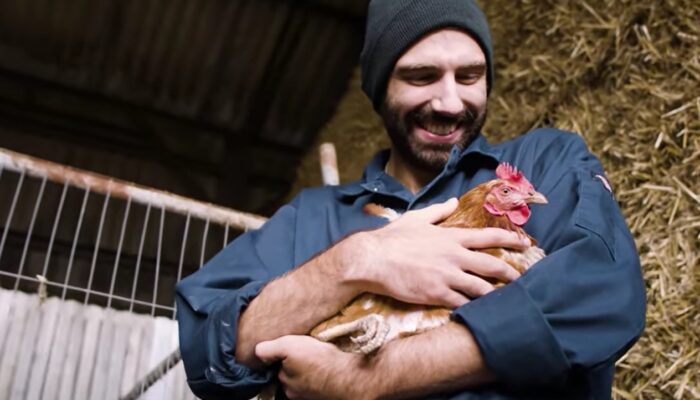
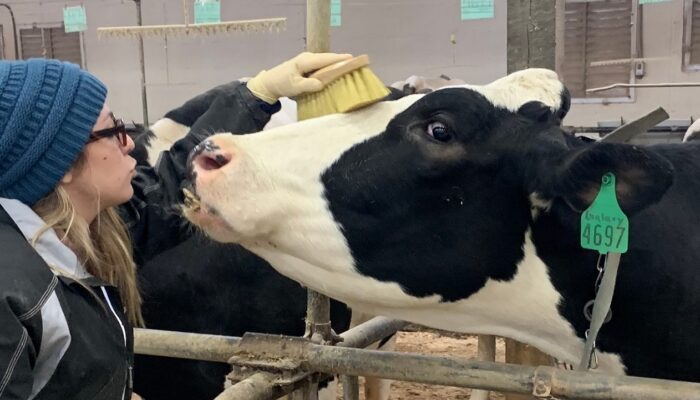
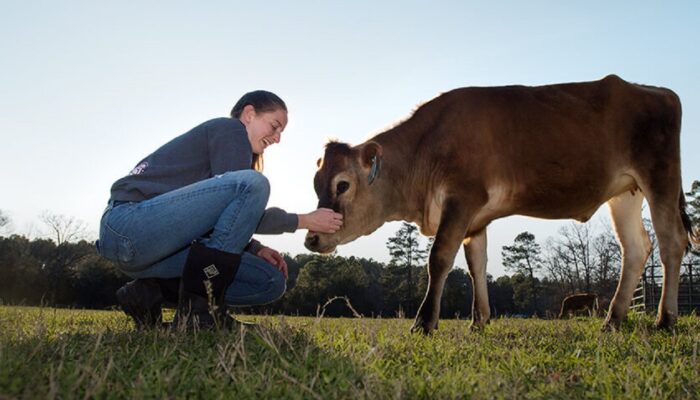
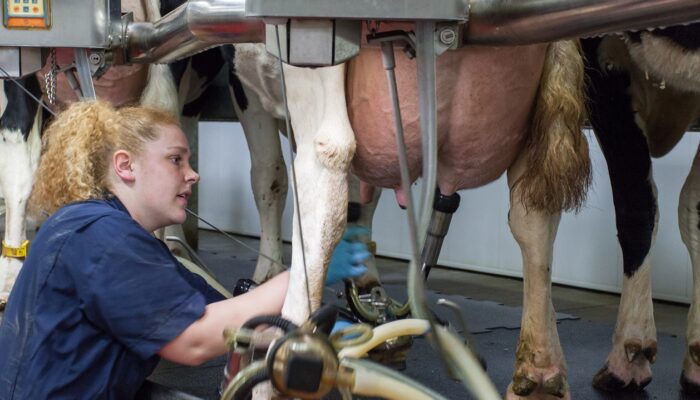
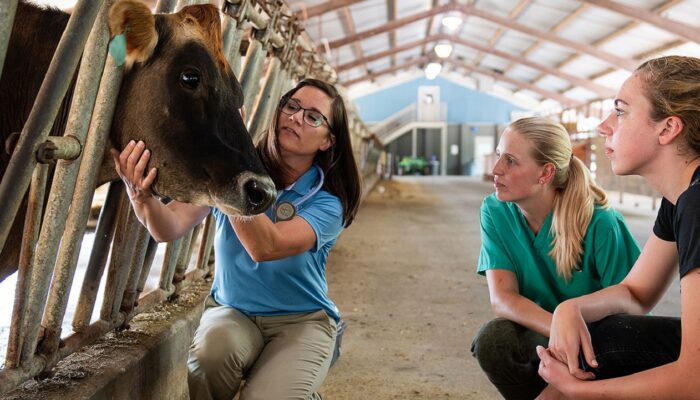
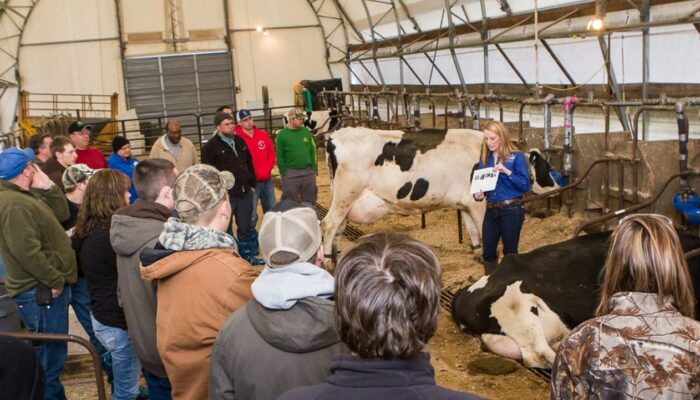

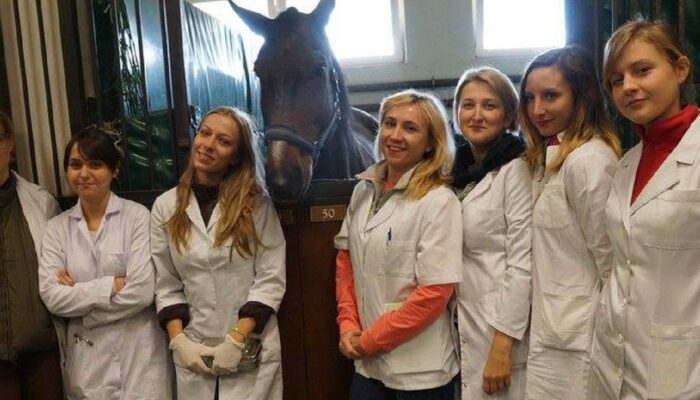
Many land grant colleges and universities are stewards of agricultural facilities that require reliable electrical power that is safe and sustainable for livestock and animal habitat for sporting.
FREE ACCESS: 2023 National Electrical Code
The premise wiring rules for hazardous university owned buildings have been relatively stable. Electrical professionals are guided by:
- Farm Load Calculations of Part V of Article 220,
- Corrosion mitigation with appropriate specification of power chain wiring
- Stray voltage and the equipotential plane
- Interactivity with regulated utility power sources.
Public response to the First Draft of the 2026 National Electrical Code will be received until August 28, 2024. We coordinate our approach to the entire NFPA electrical suite with the IEEE Education & Healthcare Facilities Committee which meets 4 times monthly. We typically refer to previous transcripts of technical committee actions to inform any changes (improvements) that we propose, if any.
We maintain this issue on the standing agenda of our Power and Nourriture (Food) colloquia. Feel free to join us with the login credentials at the upper right of our home page.
More:
Cornell University Agricultural Safety and Health Program
National Safety Council (22 deaths by electrocution on farms per 100,000 in 2017)
National Agricultural Safety Database
Electrical Wiring for Barns, Riding Arenas, Animal Habitat and Feed Storage
The Science of Food Standards
Standards and Scientific Advice on Food and Nutrition
In descending order the nations listed below are largest food exporters:
- United States: The United States is one of the largest food exporters in the world. It exports a wide range of agricultural products, including grains, meat, dairy products, fruits, and vegetables.
- Netherlands: Despite being a relatively small country, the Netherlands has a highly developed agricultural sector and is a major exporter of agricultural products. It is particularly known for its exports of vegetables, fruits, and dairy products.
- Germany: Germany is a significant exporter of food and agricultural products. It exports a variety of goods such as meat, dairy products, grains, and processed foods.
- Brazil: Brazil is one of the world’s largest exporters of agricultural commodities. It is particularly known for its exports of soybeans, beef, poultry, coffee, and sugar.
- China: China has a vast agricultural sector and is a major exporter of various food products. It exports goods like vegetables, fruits, seafood, processed foods, and tea.
- Canada: Canada is a significant exporter of agricultural products, including grains, meat, dairy products, and seafood. It has a strong presence in the global agricultural market.
- Australia: Australia is a major food exporter, known for its exports of wheat, beef, lamb, dairy products, and wine. It benefits from its vast agricultural land and favorable climatic conditions.
- France: France is renowned for its agricultural products and is a leading exporter of wine, cheese, dairy products, grains, and processed foods.
- Argentina: Argentina is a prominent exporter of agricultural commodities, particularly soybeans, wheat, corn, beef, and wine.
- Thailand: Thailand is a significant exporter of agricultural products, including rice, seafood, processed foods, and tropical fruits.
New update alert! The 2022 update to the Trademark Assignment Dataset is now available online. Find 1.29 million trademark assignments, involving 2.28 million unique trademark properties issued by the USPTO between March 1952 and January 2023: https://t.co/njrDAbSpwB pic.twitter.com/GkAXrHoQ9T
— USPTO (@uspto) July 13, 2023
Standards Michigan Group, LLC
2723 South State Street | Suite 150
Ann Arbor, MI 48104 USA
888-746-3670



